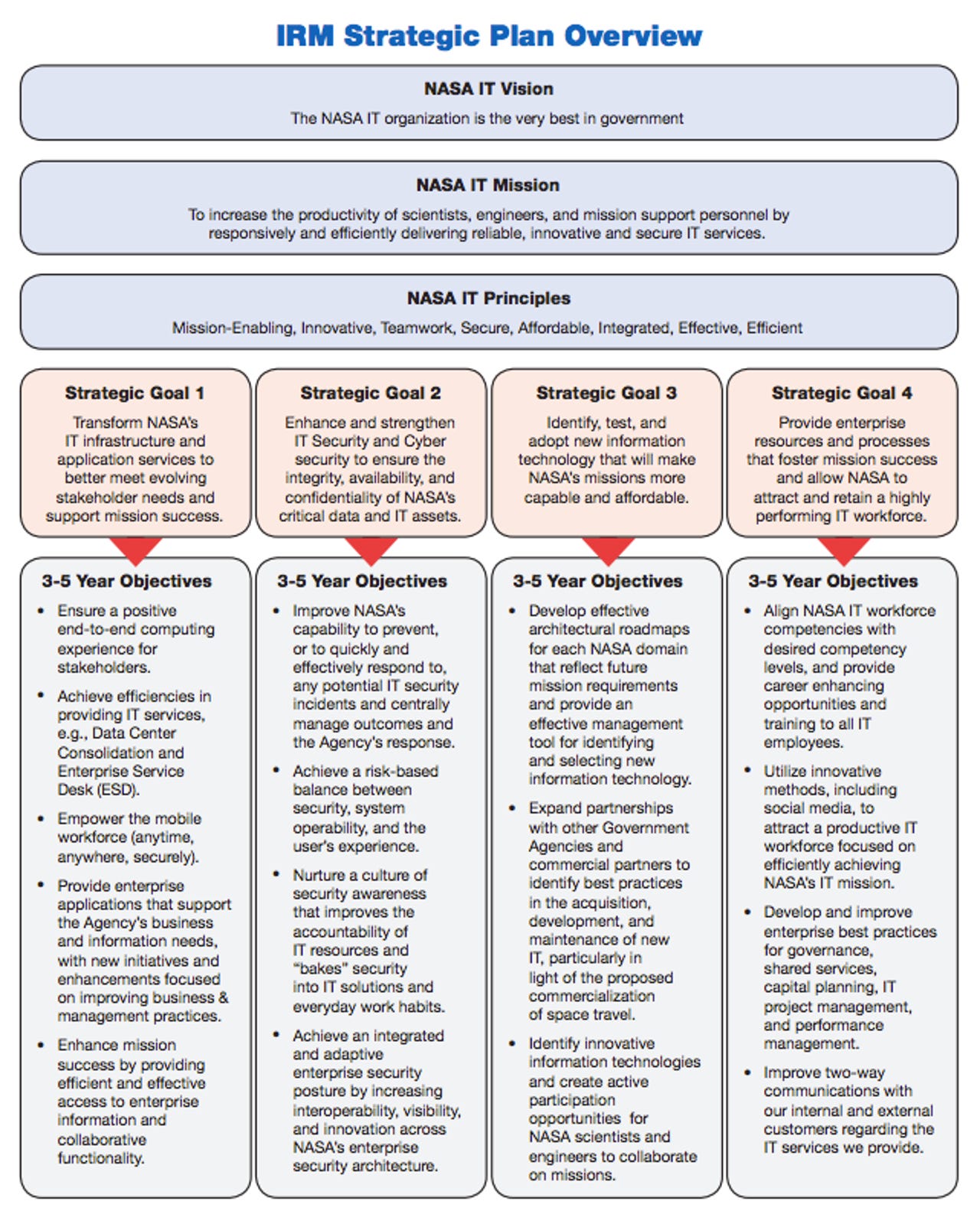NASA's move to the cloud saves $1 million a year

The CIO of NASA, the U.S. space agency, said on Friday that her organization estimates that it's saved almost a million dollars over the year after it moved several of its applications to the cloud.
Linda Cureton wrote in a blog post that NASA moved some of its enterprise infrastructure to Amazon Web Services after setting out to become more efficient and improve economies of scale, integration, goal alignment, security, oversight, and accountability.
"This cloud-based model supports a wide variety of web applications and sites using an interoperable, standards-based, and secure environment while providing almost a million dollars in cost savings each year," she wrote.
That's not a decision taken lightly for a government agency.
She also shared recent cloud-based ventures for NASA:
- NASA’s Jet Propulsion Laboratory uploaded 250,000 pictures of Mars onto a Microsoft Windows Azure cloud platform. The goal: engage the American people in space exploration. "The cloud can be a terrific way to reach and engage the public and support STEM activities in our schools," she wrote.
- NASA is now deploying SERVIR, which integrates satellite and ground-based data with forecast models to monitor environmental changes and improve global response to natural disasters, to a cloud-based geospatial IT infrastructure.
The agency has also been working to improve transparency into its IT operations. It has deployed centrally-managed end-user services, communications services, web services and enterprise application management and development capabilities. It also launched a central business office and working capital fund to support several major IT contracts.
All said and done, NASA has closed 20 datacenters as it consolidates and optimizes its IT operations.
There's plenty more going on, and I encourage you to read her original post. As Cureton wrote in 2011, NASA "must continue on our path to become a more outcome-focused IT organization." It looks like the agency is well on its way.
